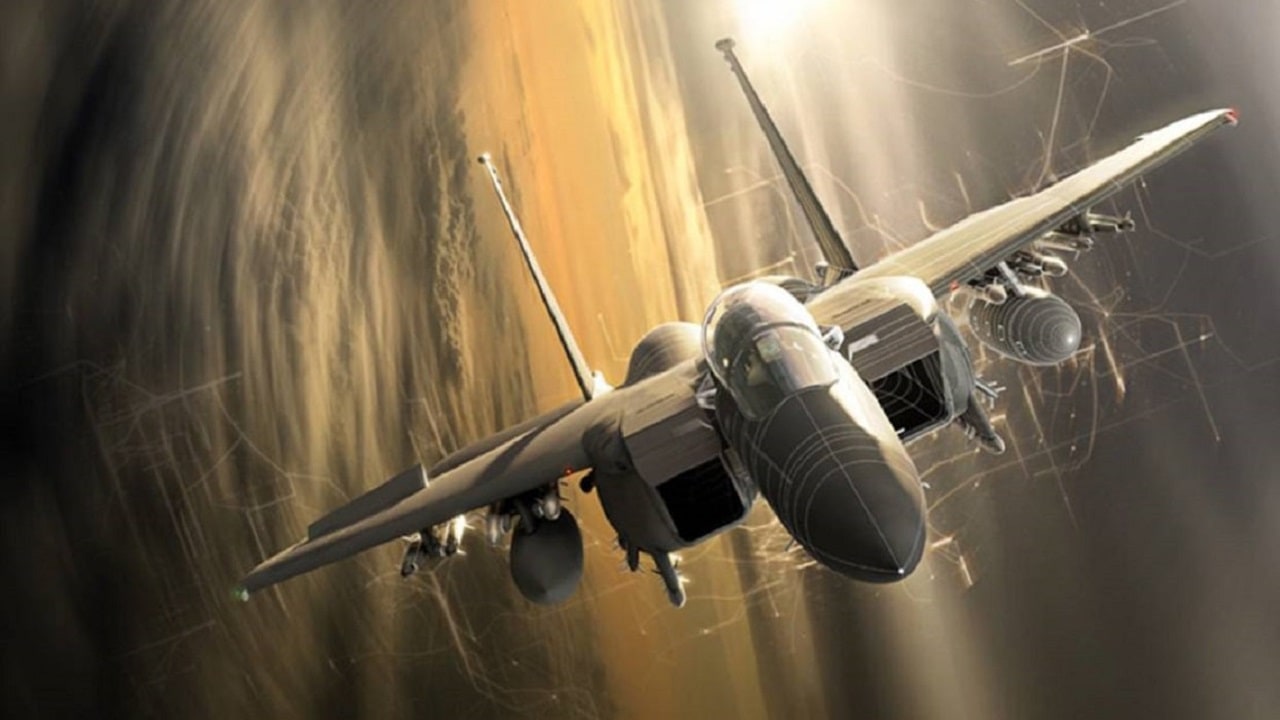The FY23 National Defense Authorization Act has fully funded the F-15EX Eagle II program. The Biden administration’s budget proposal included a request for $2.6 billion to buy 24 F-15EX aircraft. They will be the first of a total intended acquisition of 80 F-15EXs, and the aircraft will replace the older F-15C/D Eagles.
The U.S. House of Representatives passed the FY23 NDAA, and it will soon go to the full Senate for approval.
F-15EX: New But Continuous
Many F-15C/Ds are 35 years old with over 8,300 flight hours, and the oldest was made in 1979. The Air Force said in 2020 that the F-15C/Ds “are beyond their service life and have serious structural risks, wire chafing issues, and obsolete parts.”
The FY22 NDAA allowed for the retirement of 48 F-15C/Ds. Meanwhile, the F-15EX program is trying to chug along – the Air Force originally wanted 144 F-15EXs. Last fiscal year, the FY22 NDAA allocated $1.32 billion for 12 F-15EX Eagle IIs.
The F-15EX is not stealthy, but it could nevertheless fly in contested airspace, carrying long-range standoff missiles and teaming with F-35s and F-22s. Alternatively, the Air Force could decide to hold back the F-15EX and wait until the Americans have achieved air superiority by day three or day four of an air war.
The F-15EX would also lend continuity to the F-15C/Ds and the F-15E Strike Eagles by carrying on similar training, maintenance, and tactical procedures.
Many Updates
House and Senate appropriators approved the Honeywell Advanced Display Core Processor II for the F-15EX. This will enable the F-15EX’s mission computer “to process 87 billion instructions per second of computing throughput,” Boeing has said.
The fourth generation-plus F-15EX is expected to have a flying life of 20,000 hours – twice that of the F-15C/D. It is a multi-role fighter with fly-by-wire controls. The F-15EX has a bigger weapons payload, exceeding Eagles and Strike Eagles by 28%.
The F-15EX will also have a new radar, and it can be built on existing manufacturing lines.
The F-15EX could carry hypersonic weapons someday. Electronic warfare capabilities are improved with the Eagle Passive Active Warning Survivability System, and pilots will have better situational awareness for quick decisionmaking. The Open Mission System architecture will enable easier mission upgrades. Since the F-15EX shares support equipment and spare parts with the earlier F-15s, it will save on maintenance time and costs.
Eighty Would Be Enough for Three Squadrons
If the Air Force finally receives 80 F-15EXs, it could replace the F-15C/D’s with three squadrons of Eagle IIs, either in the active-duty component or the Air National Guard. Next year, the Oregon Air National Guard base will receive the first F-15EXs. These will be focused on homeland defense.
F-15C Eagles are leaving the Kadena Air Base in Okinawa. The Eagles had been part of a permanent presence in Okinawa of two squadrons.
F-22s are expected to replace the Eagles, but F-15EXs could also be part of a new rotating force on the island someday.
This upgrade could help protect Japan against incursions by Chinese fighters.
The Air Force is aiming for a “divest to invest” acquisition strategy by replacing Eagles with Eagle IIs. In other words, discontinuing F-15C/D fighters frees up money that can be redirected to the F-15EX program.
We will see if Congress increases its request by the next fiscal year to reach the 80 planned Eagle IIs.
Lawmakers might decide the F-15EX is not the correct choice for offensive operations, and that its best use is to defend the homeland while flying with the Air National Guard.
MORE: Donald Trump Is Destroying Himself
MORE: Mach 3 SR-71 Spy Plane Beat 4,000 Missiles
MORE: B-21 Raider Stealth Bomber – Built for a China War?
MORE: Will Putin Start World War III Over Ukraine?
Expert Biography: Serving as 1945’s Defense and National Security Editor, Dr. Brent M. Eastwood is the author of Humans, Machines, and Data: Future Trends in Warfare. He is an Emerging Threats expert and former U.S. Army Infantry officer. You can follow him on Twitter @BMEastwood. He holds a Ph.D. in Political Science and Foreign Policy/ International Relations.

